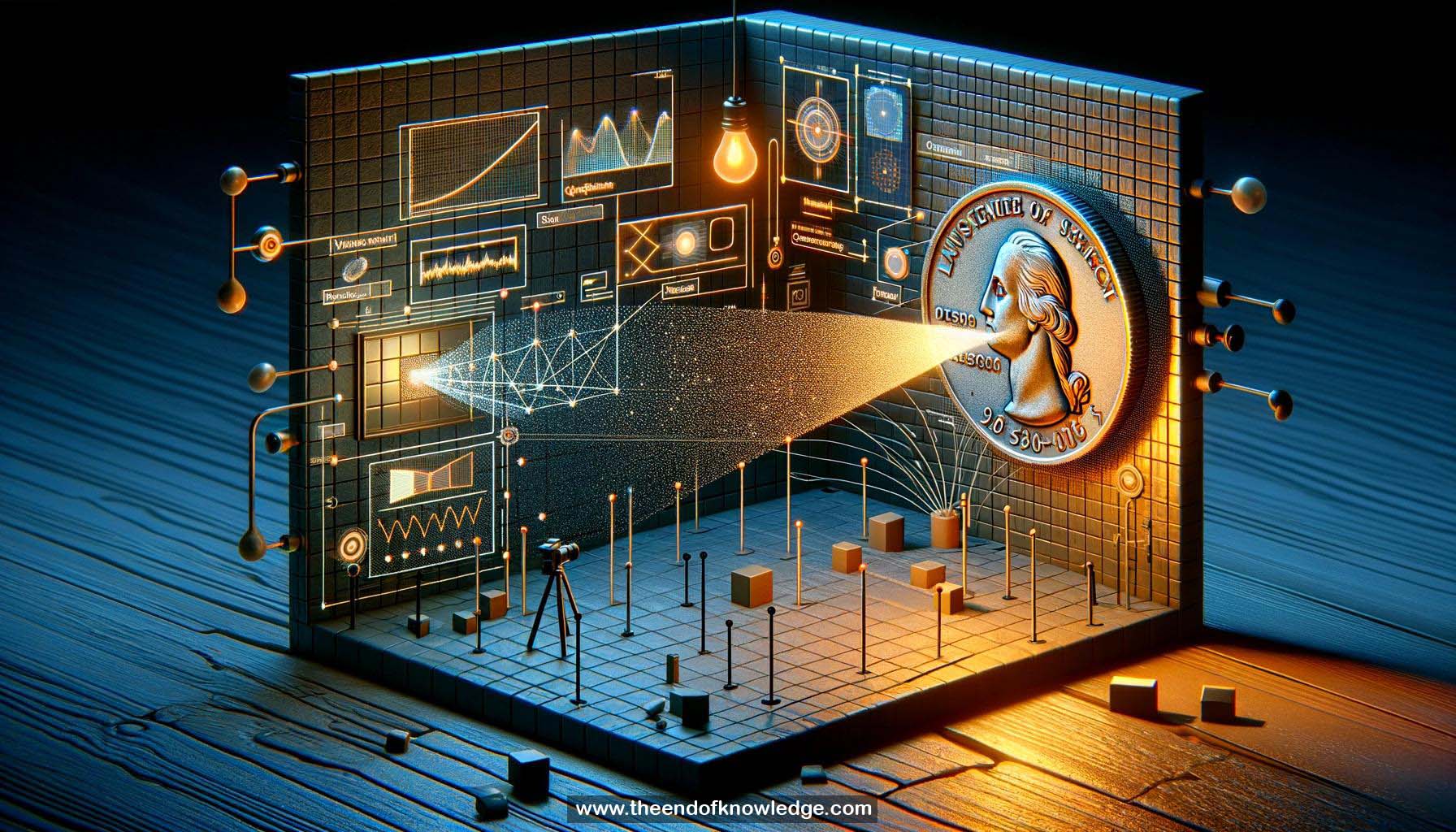 >
>
Concept Graph & Resume using Claude 3 Opus | Chat GPT4o | Llama 3:
Resume:
1.- Fermat paths: Locally shortest or longest paths light travels in non-line-of-sight imaging, producing discontinuities in measured transients.
2.- Non-line-of-sight imaging: Reconstructing object shape outside sensor's line-of-sight by analyzing light transport, either around a corner or through a diffuser.
3.- Virtual source and sensor: Wall/diffuser points scattering light to/from the non-line-of-sight scene, allowing indirect imaging.
4.- Transient imaging: Measuring histogram of light intensities over time (transient) instead of a single intensity.
5.- Discontinuities in transients: Occur at times corresponding to lengths of Fermat paths.
6.- Two types of Fermat paths: Specular (parallel to surface normal) and boundary.
7.- Transients contain both Fermat and non-Fermat photons: Discontinuities from Fermat paths, continuous parts from non-Fermat paths.
8.- Identifying Fermat path lengths: Found at discontinuity locations in measured transients.
9.- Fermat paths depend only on geometry: Discontinuity locations in transients are independent of object reflectance (BRDF).
10.- Sphere constraint: Point on object lies on a sphere centered at virtual source with radius half the Fermat path length.
11.- Tangent sphere for specular paths: Sphere is tangent to the object surface.
12.- Fermat flow constraint: Spatial gradient of Fermat path length is parallel to virtual source and surface point direction.
13.- Reconstructing surface point: Intersect sphere with line parallel to gradient passing through virtual source.
14.- Specular paths provide surface normal: Gradient direction gives normal at reconstructed point.
15.- Estimating Fermat path gradients: Interpolated from Fermat path lengths at nearby virtual sources.
16.- Reconstruction pipeline: Scan virtual source, measure transients, detect discontinuities, estimate gradients, reconstruct oriented point cloud.
17.- Continuous surface from point cloud: Using algorithms like Poisson surface reconstruction.
18.- Applicable to different transient imaging systems: Demonstrated with SPAD+laser (picosecond) and OCT (femtosecond).
19.- Reconstructing various objects around a corner: Lambertian, semi-transparent, glossy, specular; convex and concave; millimeter accuracy.
20.- Reconstructing a coin: Both around a corner and through a diffuser using OCT; fine detail recovered.
Knowledge Vault built byDavid Vivancos 2024